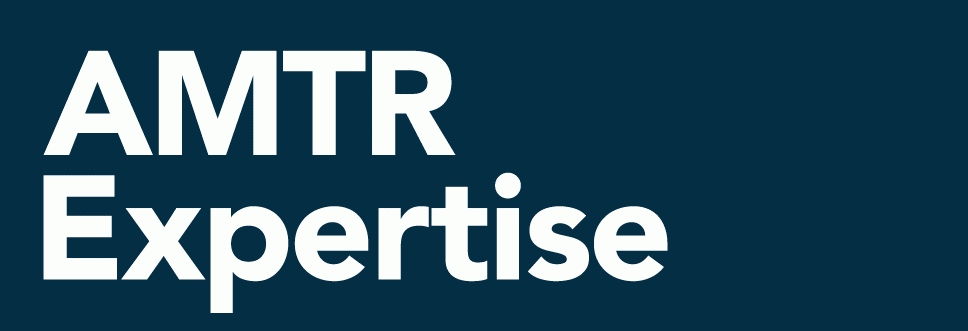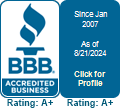At AMTR, we have seen dozens of examples of how these departments sometimes cause inconsistencies with invoicing. In order to operate efficiently, there must be established rules about car contingency and power, routing protocols, track capacity, railhead points and more. However, marketing will negotiate private rates or publish tariff rates based on such aspects as commodity, location, volume or supply and demand.
Sometimes two or more railroads will establish a separate set of protocols in an attempt to operate more efficiently between their lines. Some examples of this will be agreements on handling traffic to and from congested railheads that are jointly served, or agreeing to connect at a city other than a major gateway for ease in transit. Many of these agreements are not known to the public, but are programmed into the algorithms and rate engines of the carriers without being made known to rate makers. Generic rules are published to handle some of these topics, but occasionally rates are contracted or published without taking operational issues into consideration.
At AMTR, we bring these types of scenarios to the client’s attention to discuss the intent of their agreements with the carrier. In some circumstances we will even contact the railroad to discuss the reasoning behind some published lanes, or exclusion of lanes. Combining these two entities is an important factor we use while reviewing freight invoices to ensure that loads operate at maximum efficiency, while paying or collecting the most reasonable rate.





There are no comments yet, but you can be the first